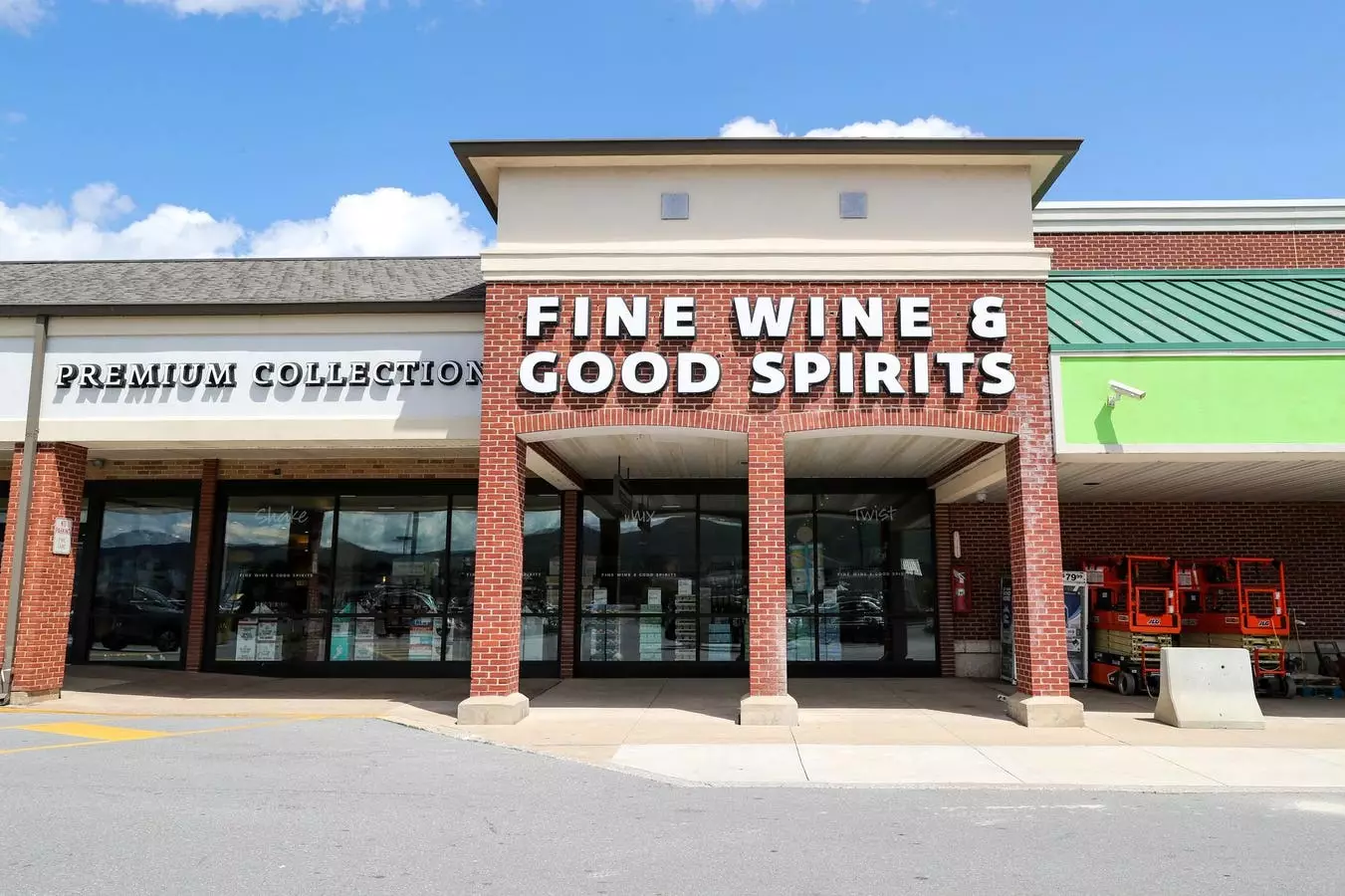The distilled spirits industry in the United States faced a significant inflection point in 2024, marked by an unusual annual revenue decline for the first time in nearly two decades. As reported by the Distilled Spirits Council of the United States (DISCUS), the total revenue from spirits sales fell by 1.1% compared to the previous year. This downturn is attributed primarily to inflationary pressures that squeezed consumers’ discretionary spending, particularly on luxury items such as high-end spirits. Christine LoCascio, chief of policy and strategy at DISCUS, highlighted the stark shift in consumer priorities as essentials like housing and healthcare absorbed a greater proportion of household budgets, leaving less room for indulgences.
A closer examination of the declining spirits revenue reveals nuanced consumer behavior changes amid high inflation. While some segments, particularly Scotch whisky and blended American whiskeys, experienced sharp declines in sales, other categories like vodka remained stable, and certain spirits such as Irish whiskey and tequila showed a modest uptick. This bifurcation suggests a complex market landscape where value and accessibility increasingly govern consumer choices. The notable decrease in demand for super-premium liquors indicates that even spirited connoisseurs are reassessing their spending amid economic uncertainty. LoCascio’s observations mirror broader economic trends, where luxury purchases are often the first casualties of financial strain.
Despite the overall decline in revenue, there were encouraging developments within the spirits sector, particularly concerning ready-to-drink (RTD) cocktails. The market for these pre-mixed beverages has exploded, growing by an impressive $468 million in the last year alone. RTD cocktails now represent 18% of the total spirits market. This trend signifies a shift toward convenience and innovation, as consumers increasingly favor these ready-made options, highlighting a pivotal moment for spirits producers to adapt and engage with modern consumer preferences. With many consumers opting for time-saving alternatives, the spirits industry is likely to see continued growth in this category, representing a silver lining in an otherwise challenging market.
The article also scrutinizes the “premiumization” trend, which has long characterized the liquor industry’s trajectory. This marketing strategy encouraged consumers to trade up to more expensive spirits, banking on the notion that higher-priced products equate to superior quality. However, as economic constraints tighten, it appears that even high-end consumers are reconsidering their purchases—though they aren’t necessarily downgrading to the cheapest options. Instead, signs suggest that this shift may now reflect a temporary holding pattern within the super-premium segment, as consumers navigate between value and quality without fully abandoning their preferences for premium products.
As the spirits industry reckons with revenue fluctuations, external pressures such as tariffs emerge as critical challenges. The current political climate, marked by protectionist trade policies, poses significant risks for liquor brands that are heavily influenced by international sources. With President Trump’s administration imposing tariffs on steel and aluminum imports, the fear of reciprocal tariffs on spirits is palpable within the industry. Regions with storied liquors—including bourbon from the U.S., tequila from Mexico, and Scotch from Scotland—are acutely affected by these potential trade barriers, which could compromise access to essential ingredients and market share.
Sonat Birnecker, president of Koval Distillery, encapsulated the industry’s sentiment, emphasizing the fragility of market position in the face of such uncertainty. The spirits industry is intertwined with American culture, yet it must navigate complex geopolitical landscapes that threaten its cohesion.
In closing, the spirits industry stands at a crossroads as it grapples with economic challenges while seeking to innovate and remain relevant. The balance between premiumization, consumer preferences, and external market pressures will be crucial as companies strategize for the future. DISCUS’s commitment to collaborating with government officials underscores the industry’s importance as an economic engine and cultural touchstone. As the market recalibrates, adaptability and consumer engagement will be key to maintaining momentum and reversing the recent trend of declining revenues. The coming years will undoubtedly shape the spirits landscape, promising a dynamic interplay of tradition, innovation, and resilience in the face of change.

